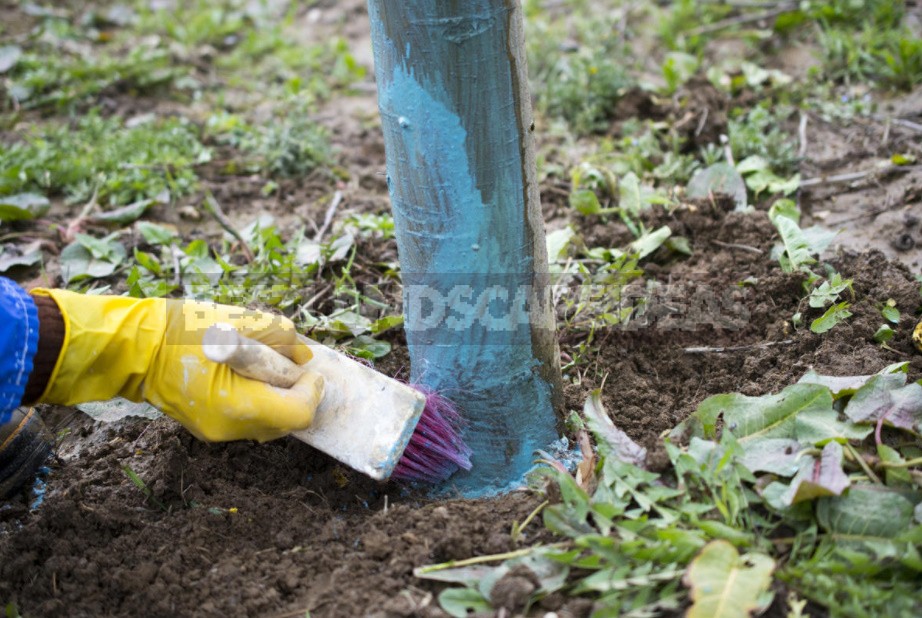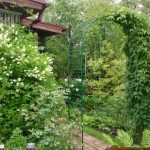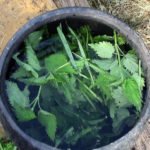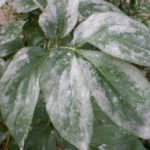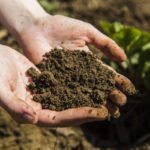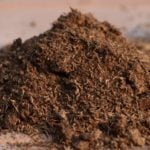Spring is in the yard. It’s time (before the leaves bloom) to treat the garden against diseases and pests. Do you know what vitriol is? And most importantly-how can it be useful to a summer resident? If information about acids, bases and other school chemistry has passed by or has been forgotten due to lack of demand, I suggest restoring the gap. After all, this information can be very useful for a summer resident.
In gardening, the most famous is copper sulfate. Someone will remember another iron one. And about the fact that there are vanadium, nickel, cobalt, zinc, manganese, lead and chromium, only chemists will think.
What is vitriol
The general term vitriol in chemistry is called sulfuric acid salts. But not simple, but crystallohydrates of sulfates (salts of H₂SO₄) with divalent metals. For those interested, I will explain that crystal hydrates are crystals in which ions in the crystal lattice are firmly bound to water molecules. Divalent metals include vanadium, nickel, cobalt, zinc, manganese, lead, chromium and, of course, copper and iron.
Why, in fact, vitriol is not known for certain. In modern European languages, they are called vitriol (from the Latin vitrum — “glass”), since the particles of these substances are similar to colored glass. Copper vitriol — bright blue crystals, iron — green, zinc — white, cobalt — red, vanadium — purple.
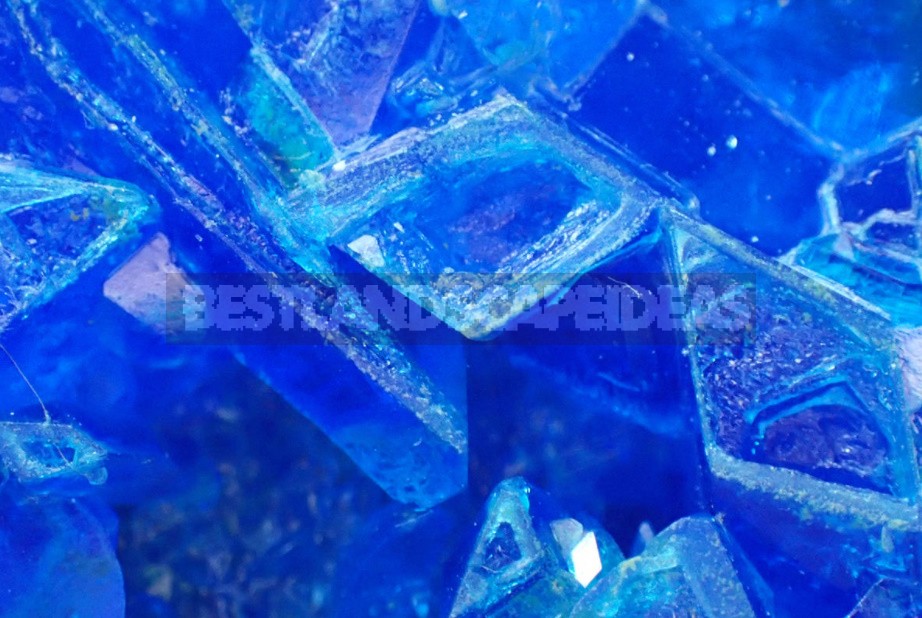
Vitriol is found not only in chemical laboratories, but also in nature, although it is quite rare. These are minerals such as chalcantite (copper sulfate), melanterite (iron sulfate), biberite (cobalt sulfate), goslarite (zinc sulfate), mallardite (manganese sulfate), as well as zincmelanterite — sulfate of mixed composition (Zn, Mn, Fe). Since other types of vitriol are not often found on the free market, let’s take a closer look at the most common ones in domestic use — copper and iron.
Copper sulfate
Copper sulfate may have other names — copper crystallohydrate, copper pentahydrate, CuSO₄•5H₂O, copper sulfide (II) pentahydrate. The substance is crystals of blue color, sometimes it is offered for sale in the form of a powder. Copper sulfate is well soluble in water, so there is no special need for fine grinding. Copper sulfate contains about 25% of copper.
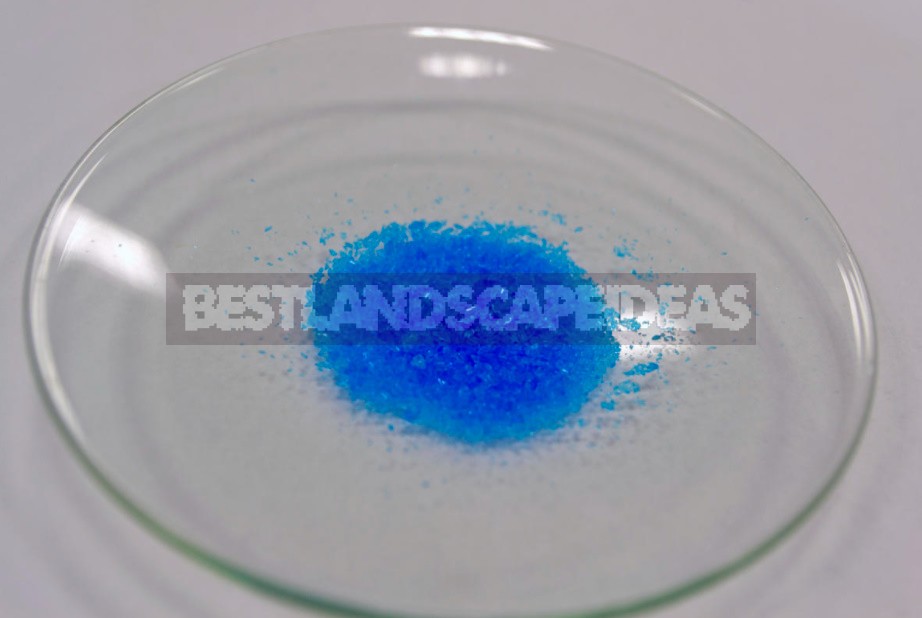
You may encounter anhydrous copper sulfate CuSO₄. This is a very hygroscopic white powder, which also dissolves well in water, and from an aqueous solution of copper sulfate, blue copper crystallohydrates are formed. By the way, during long-term storage in the open air, the blue color of copper sulfate gradually fades: copper pentahydrate turns into copper sulfate, losing water molecules — they evaporate. Copper sulfate belongs to substances of hazard class II, that is, to highly hazardous chemicals. It is not flammable and not explosive.
Iron vitriol
Otherwise called iron (II) sulfuric acid, iron (II) sulfate, iron (II) heptahydrate sulfate. Crystal hydrates of iron salts of sulfuric acid have a color from transparent to turquoise-green, which, like that of copper sulfate, fades in the air. The main active substance — iron-contains about 60%, although in garden stores you can most often find iron vitriol with a 20% content.
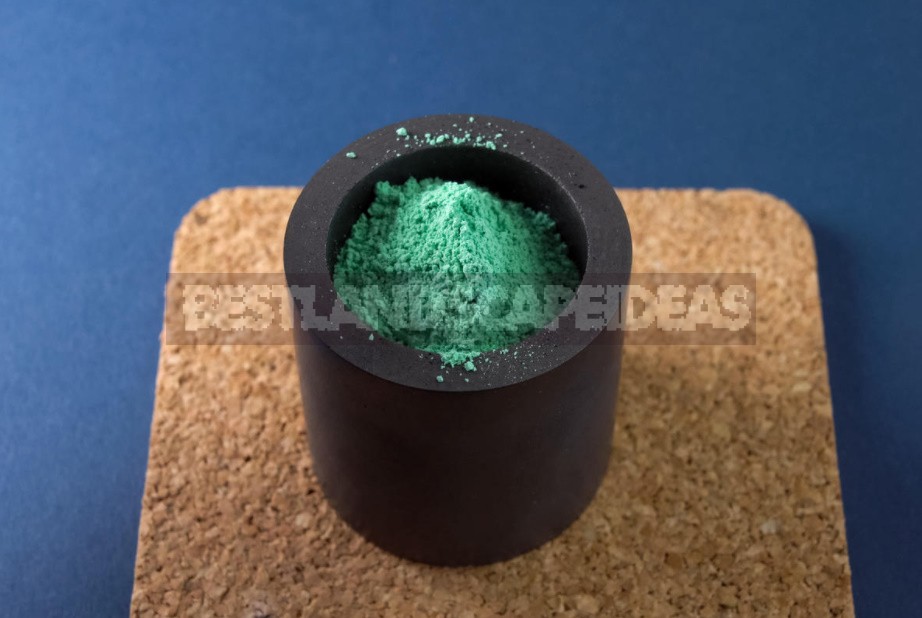
Iron vitriol is not combustible, does not support gorenje and does not explode. It belongs to moderately dangerous substances — hazard class III.
Cottager and vitriol: where to use
All varieties of vitriol have found and are widely used in various fields of human activity. They were used for the production of inks and paints, tanning of leather, dyeing of fabrics, in the production of glass and ceramics, for the needs of embalmers. And also – in medicine and construction. Another area of application of vitriol, the most interesting for us, is agriculture.
Prevention and control of plant diseases
Copper and iron vitriol are proven and effective means of combating a whole bunch of misfortunes associated with fungal infections: botrytis (gray rot), oidium (real powdery mildew), peronosporosis( false powdery mildew), klasterosporiosis, coccomycosis, anthracnose, seed scab, phylostictosis, moniliosis, septoria, late blight, etc. Fungicidal properties are available not only in copper and iron vitriol, but also in other varieties. Copper sulfate is also used to protect plants from bacterial infections.
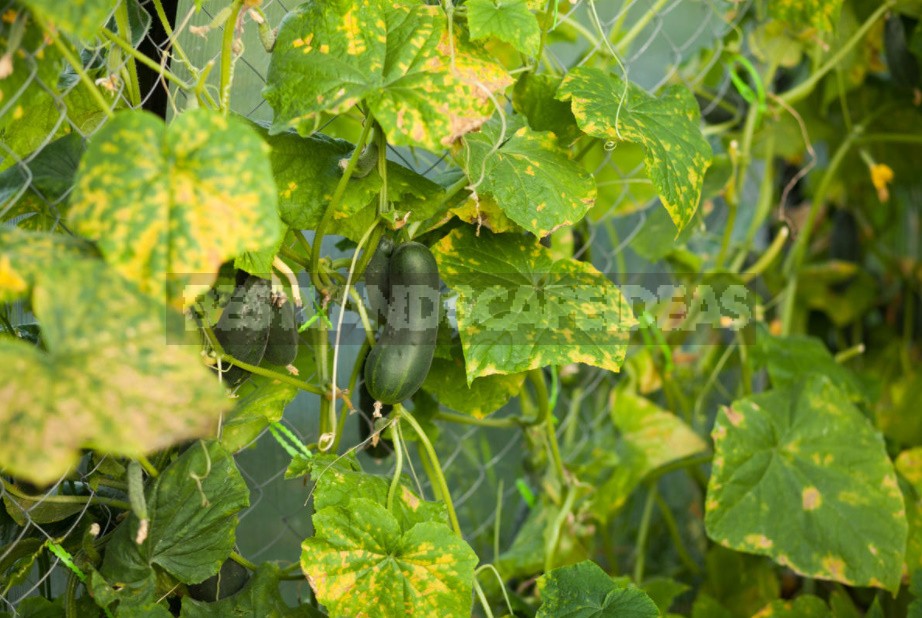
Pest control
Vitriol can also help to protect plants from insect pests. Spraying in autumn or spring partially destroys the larvae and eggs of aphids, fireworms, glassworms. For this purpose, in addition to spraying, vitriol can also be used for whitewashing tree trunks.
Top dressing of plants
In addition to protective functions, vitriol can become a source of trace elements necessary for plants. What is important, they are easily dissolved in water. For better digestibility, it is recommended to make chelated solutions, that is, with the addition of citric acid. Top dressing with iron vitriol is especially effective for conifers.

Preparing trees and shrubs for winter
Autumn treatment of trees before leaf fall with a solution of iron vitriol in a concentration of 3-5% accelerates the fall of leaves and the maturation of shoots, which reduces the damage from frost. This operation is called defoliation, it can be combined with the autumn garden treatment that eradicates pests and pathogens.
Improving the quality of the potato crop
10-15 days before harvesting potatoes, the field can be treated with vitriol in a strong concentration. This will lead to wilting and drying of the tops. During this process, there is an outflow of nutrients from the tops to the tubers, their aging and strengthening of the peel is accelerated. At the same time, spores of pathogens of fungal diseases on the tops are destroyed.
Destruction of moss and lichens
With the help of vitriol, you can destroy lichens on the trunks. Of course, these symbiotic organisms do not pose a threat to trees that they use only as a support, but many gardeners do not like them. In addition, harmless lichens serve as a good shelter for wintering larvae of insect pests. In addition to lichens, you can also treat moss if it has grown where you are not happy with it.
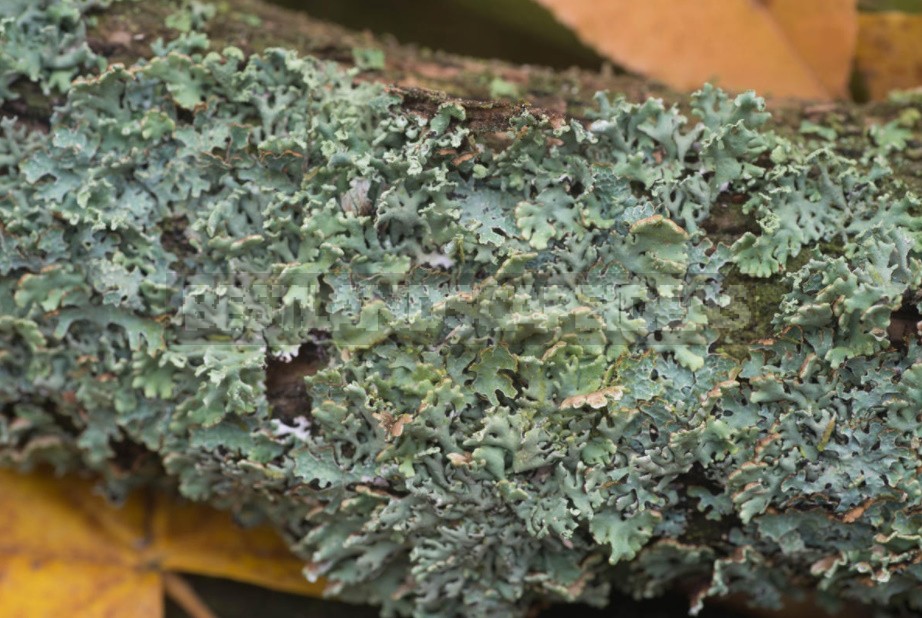
Disinfection
Solutions of vitriol are used to disinfect cellars, basements, storages, greenhouses, rooms for animals. Copper sulfate is used to combat algae in swimming pools, as well as to disinfect mechanical damage on trees, hollows. It is also worth treating plant residues with traces of fungal diseases with vitriol (for example, the tops of tomatoes or potatoes affected by late blight), so as not to spread spores around the site during disposal.
During construction
Vitriol is used as an antiseptic to protect wooden buildings or elements from rot, wood fungi. Copper sulfate is used when painting or whitewashing to eliminate yellow spots formed after leaks.
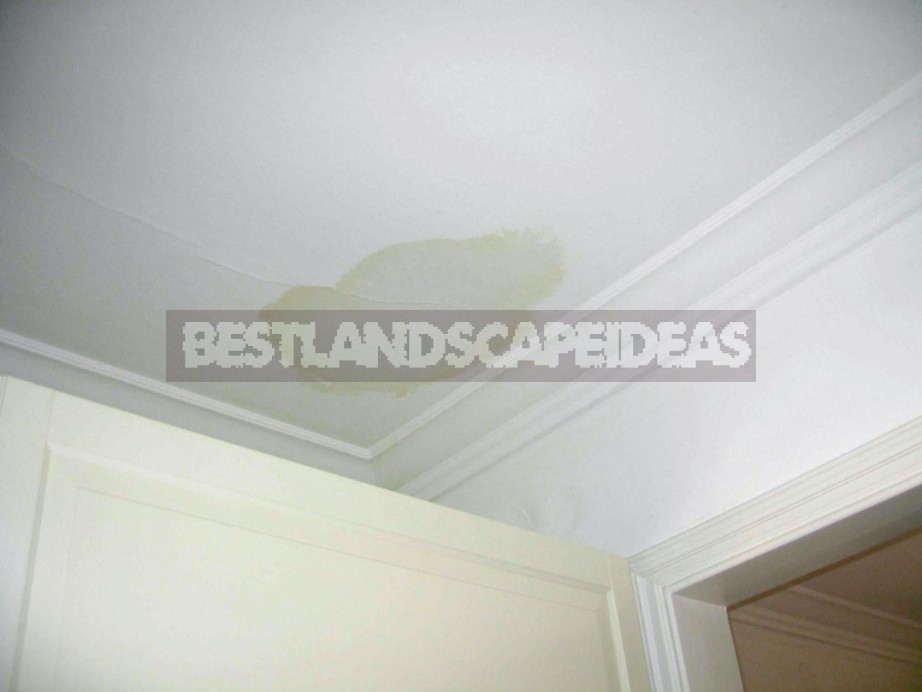
The fungicidal and disinfecting properties of iron and copper sulfate are, in general, the same. However, there are some nuances that determine the choice.
